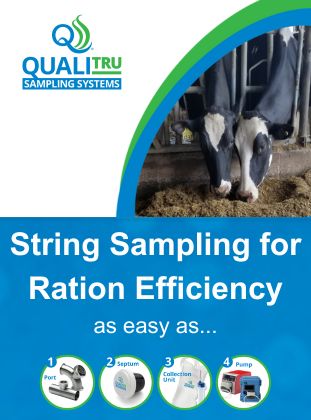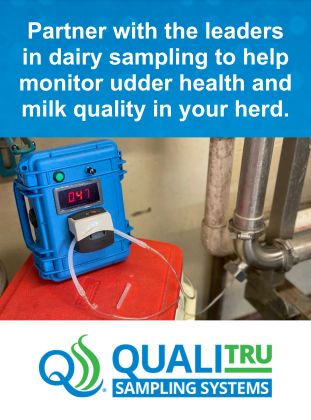Tips for Managing HPAI (Highly Pathogenic Avian Influenza) Risk on Dairies
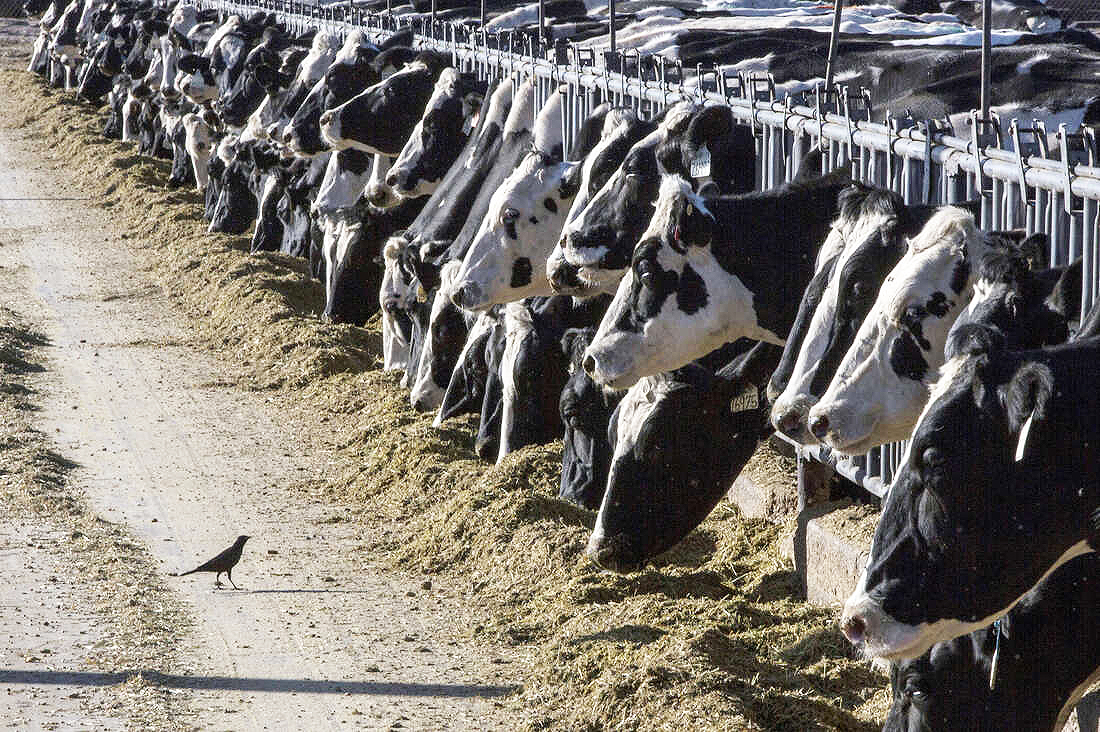
Tips for Managing HPAI (Highly Pathogenic Avian Influenza) Risk on Dairies
By Heather Smith Thomas
Avian influenza or “bird flu” is caused by infection with avian influenza Type A viruses. These viruses spread naturally among wild aquatic birds worldwide and can also infect domestic poultry and other bird and animal species. Bird flu viruses do not normally infect humans, but sporadic human infections have occurred.
This disease in birds has been around a long time. According to the CDC (Centers for Disease Control and Prevention) the first description of avian influenza was in 1878 in northern Italy, described as a contagious disease of poultry associated with high mortality, referred to as “fowl plague.” At the turn of the 20th century, it was discovered that “fowl plague” was caused by a virus. It was not until 1955, however, that the virus was shown to be a type A influenza virus.
In recent years bird flu has been frequently in the news; it seems to be infecting an increasing number of animals, often showing up in mammals as well as birds. Like many “flu” viruses, this one keeps mutating and changing, opportunistically infecting more species of animals, including humans.
The strain of bird flu presently affecting Asia is the H5N1 strain. During 2020, gene-swapping between poultry and wild bird viruses led to emergence of HPAI H5N1. These wild bird-adapted HPAI H5N1 viruses were first identified in Europe during the fall of 2020 and spread across Europe and into Africa, the Middle East and Asia. During 2020, five human cases of HPAI H5N6 virus infection were reported in China, and HPAI H5N8 virus was detected in several swans, seals, and a fox in the United Kingdom. In December 2020, HPAI H5N8 was isolated from a poultry worker in Russia.
According to CDC data, during 2020, LPAI H9N2 virus infection was discovered in a child with moderate illness after possible indirect exposure to backyard poultry in Hong Kong. China reported five cases of LPAI H9N2 virus infection in four children and one adult, with mild illness.
In March 2021, there were reports of HPAI H5N8 virus in seals in the United Kingdom, Germany, and Denmark. Several subtypes of avian influenza viruses have caused epidemics in seals. In May 2021, HPAI H5N1 virus was detected in wild fox kits at a rehabilitation center in the Netherlands, during an outbreak of HPAI in wild birds.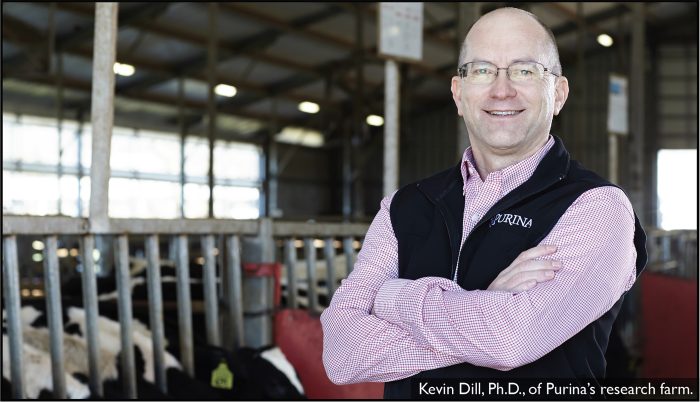
In December 2021, detections of HPAI H5N1 virus were also reported in wild foxes in Estonia. During 2021, China reported 36 cases of human infection with HPAI H5N6 virus with 18 deaths, and 24 cases of LPAI H9N2 virus infection, including 19 mild cases in children, two mild cases in adults, and three severe cases requiring hospitalization in adults, including one death.
In February 2022, Peru reported HPAI H5N1 virus infections in sea lions following deaths of hundreds of sea lions. In January 2022, the first HPAI H5N1 virus infection in wild birds in the U.S. since 2016 was reported by USDA/APHIS. Additional detections in wild birds were subsequently reported. In February 2022, USDA/APHIS announced an HPAI H5N1 outbreak in turkeys in a commercial poultry facility, marking the first HPAI detection in commercial poultry in the U.S. since 2020.
In April 2022, the first human case of HPAI H5N1 virus was reported in the U.S. During 2022, detections of HPAI H5N1 virus in various mammals in the U.S. and other countries began. Sporadic HPAI H5 virus infections in mammals were first reported in several U.S. states and Canadian provinces as well as in other countries.
H5 bird flu viruses have previously been known to occasionally infect mammals that eat (presumably infected) birds or poultry. These infections included wild or feral animals, such as foxes and seals; stray or domestic animal, such as cats and dogs; and zoo animals, such as tigers and leopards.
At least eight U.S. states have detected HPAI H5 virus in fox kits. Two bobcats in Wisconsin, a coyote pup in Michigan, raccoons in Washington and Michigan, skunks in Idaho and Canada, and Mink in Canada also tested positive for H5 virus. Other animals that have tested positive for HPAI H5 virus include foxes, otters, a lynx, a polecat and a badger in Europe and raccoon dogs and foxes in Japan.
In December 2023, HPAI A(H5N1) virus was found to have infected a polar bear for the first time. This also was the first time an Arctic animal died from HPAI A(H5N1) virus. HPAI A(H5N1) virus infections were also reported in an elephant and in fur seals in the Antarctic. This marked the first time HPAI A(H5N1) virus infections had been reported in both polar regions.
In March 2024, HPAI H5N1 virus infections were reported for the first time in goats on a farm in Minnesota (the first case in U.S. livestock), where a poultry flock had tested positive for the same virus. And now the virus is infecting cattle. A March 26, 2024 news article in Science magazine and a March 26 news story in the Washington Post reported that one bird flu virus subtype recently showed up in dairy cows in several states. Milk and nasal swab samples from sick cattle on at least two dairy farms in Texas and two in Kansas tested positive for bird flu, according to federal and state officials.
This is the first time this particular subtype has been documented in cattle. Texas, Kansas, and New Mexico reported dairy cows sick with what scientists presume is the same H5N1 strain of influenza that has killed hundreds of millions of poultry and wild birds around the world. In recent weeks dairies in several other states, including Idaho, have reported cows affected with this virus.
Dairy producers with affected cows report rapid onset illness in herds, specifically among older, lactating cows. Clinical signs include acute sudden drop in production, a decrease in feed consumption, abnormal feces, and fever. Older cows may be more likely to be severely impacted than younger cows. According to dairy farmers and veterinarians working with affected herds, most affected cows recover within two to three weeks.
Dead wild birds were found on some of the farms, which may explain the source of the virus. Dr. Gregory Gray, an epidemiologist at the University of Texas Medical Branch, said the detections in cows across multiple states is “worrisome” because it may mean that this strain of bird flu may be spreading directly between cattle, instead of via birds, and has mutated in ways that could allow it to more readily infect people.
The virus is most commonly known for its effects in recent years on chicken and turkey producers. Whole flocks that sometimes number in the millions are culled to prevent the virus’ spread if they contain infected birds. When bird flu attacks poultry, the farmers have to destroy all their birds but the USDA is not requiring farmers to cull affected cattle herds. Milk from the dairies is still safe for humans to drink, because pasteurization kills the virus in any milk produced by an infected cow, and any milk from a known infected cow is not utilized for human consumption.
The influenza viruses are always changing; there is evidence that all four types have been infecting cattle for a number of years. Gray mentioned a report published in 2019, but in that report, the authors said that maybe there’s something about the cattle that makes them immune to serious disease and transmission of the virus.
Gray says something has changed, because now there’s a multiple state epizootic with animals becoming ill, and the likelihood that transmission is from cow to cow and farm to farm is much higher than before. Cattle can readily become infected by birds because of shared habitat and water, and there are probably multiple ways that wild birds can mix with cattle.
Symptoms of flu in birds include sudden death with no prior signs, low energy or appetite, purple discoloration or swelling of various body parts, reduced egg production, or soft-shelled/misshapen eggs, nasal discharge, coughing/sneezing, lack of coordination and diarrhea. Symptoms of bird flu in humans include cough, headache, shortness of breath or difficulty breathing, sore throat, fever or chills, fatigue, congestion or runny nose, muscle or body aches.
Some of the dairy cattle that showed up positive with the virus were suffering gastrointestinal illnesses. Gray’s study has been funded now for 8 months; initially he thought he would be able to work with many farms in Texas, because they’re concerned about keeping their animals free from disease. But there was some resistance because dairy farmers were concerned that the study might find something that would damage their business. Now they do have something damaging to their business. Gray and his team want to assist in a way that would help identify the transmission pathway—whether the virus is aerosolized or being spread in feces, or is simply a respiratory pathogen moving through direct contact from cattle to cattle. Gray suspects that there’s some indication with this rapid multistate spread that the virus is airborne.
Dr. Jenna Funk, clinical assistant professor and beef cattle veterinarian at West Texas A&M University’s VERO (Veterinary Education, Research, & Outreach) program explained how the virus can spread from bird to cattle, stating that like most viruses, it can spread through any fluid that comes from those birds. Respiratory secretions, feces, and feathers in the feed can spread it. Birds can often be a nuisance on farms because they get into feed and bedding; cattle come into contact with fluids from those birds all the time and this is likely how they contracted it from the wild birds that are make their home on farms, dairies and feedlots.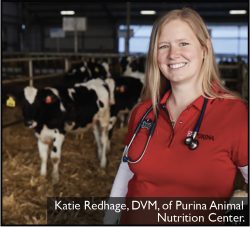
Funk said influenza isn’t the only thing cattle can pick up from birds. They can also get salmonella infections as well. It is important to try and reduce bird contact.
Katie Redhage, DVM, is manager of veterinary services at the Purina Animal Nutrition Center. Dr. Redhage has been the on-farm veterinarian for about 4 years, after being in private practice for 7 years before coming to the Center. She does the health care for all the large animals at the farm—horses, dairy cattle, beef cattle, swine, poultry, deer and more.
Kevin Dill, Ph.D., is the director of dairy technical innovation at Purina’s research farm, which includes research and development, and technical solutions. He has been with Purina for 32 years.
“Our understanding of this virus is still growing,” says Redhage. “The industry is still researching this rapidly evolving challenge to the dairy industry, still trying to determine how this virus is spreading. It’s still inconclusive whether it can be spread from cow to cow, and how that might be happening.” she says.
“We know that on-farm bird populations can contract HPAI from migratory birds and spread it,” says Redhage. Some of the aspects of biosecurity on dairy farms involve trying to reduce cow exposure to birds. In addition, there is a need to closely monitor animal health. “Any cattle that you suspect might be sick should be isolated. Signs of this disease in cattle include reduced feed intake, decreased milk production and possibly thickened or discolored milk, decreased rumination (which can be readily determined in the cows with cattle monitors), fever and abnormal manure consistency. If you notice any signs of HPAI, those cows should be isolated from the herd and contact your veterinarian,” she says.
When cattle are sick, basic biosecurity standards that should already be in place are critical for the prevention of disease control. “We need to protect ourselves with hand-washing and wearing proper personal protective equipment when handling cattle, fecal material and raw milk. These are things that can help protect the workers as well as the other cattle. We want to keep everyone safe,” says Redhage.
Dill says one of the other aspects of biosecurity include feed preparation and traffic patterns within the operation. “We want to make sure our traffic patterns minimize potential spread of the pathogen, as we travel from and around the farm. Waterers need to be disinfected, not just cleaned. A disinfectant can knock down the pathogen load, since birds like to perch by the water and leave their droppings in it. Paying attention to traffic patterns is not only important for the feeding equipment but also for the other farm equipment, to minimize spread of disease,” he says.
Redhage points out that the traffic pattern should always be from youngest and healthiest to the other groups, so there is no chance of taking disease into the young and healthy groups. Any new animals coming to the farm should be quarantined for at least 30 days, to make sure they are healthy before they are introduced to the farm.
What can producers do to help support and protect their animals against HPAI and other disease risk? Dill says the best way to keep immune defenses strong is through proper nutrition, which supports a stable rumen environment. This includes keeping fresh, well-fermented feed in front of the animals, adequately mixed TMR and appropriate bunk space.
There are also some supplemental nutritional strategies that might be considered. Your nutritionist would be in the best position to recommend appropriate products or strategies for your situation.
“Your best resources for advice and help as it relates to biosecurity, animal health, animal movement and disease surveillance are your herd veterinarian, local milk co-op and the National Milk Producer Federation,” says Redhage.

